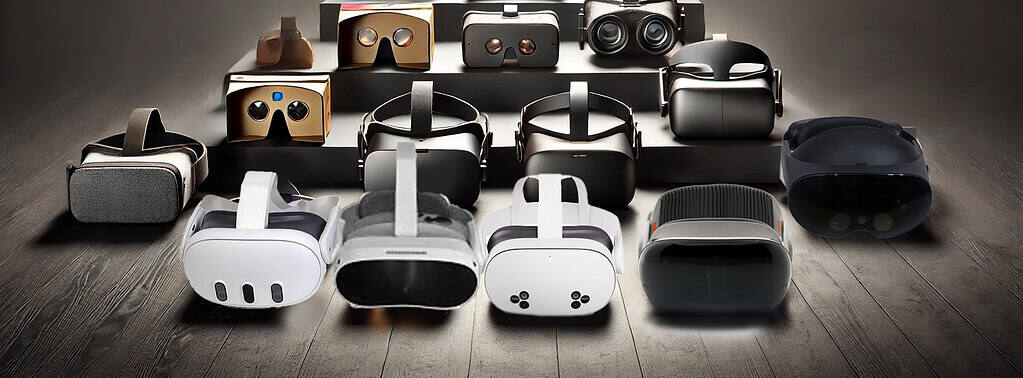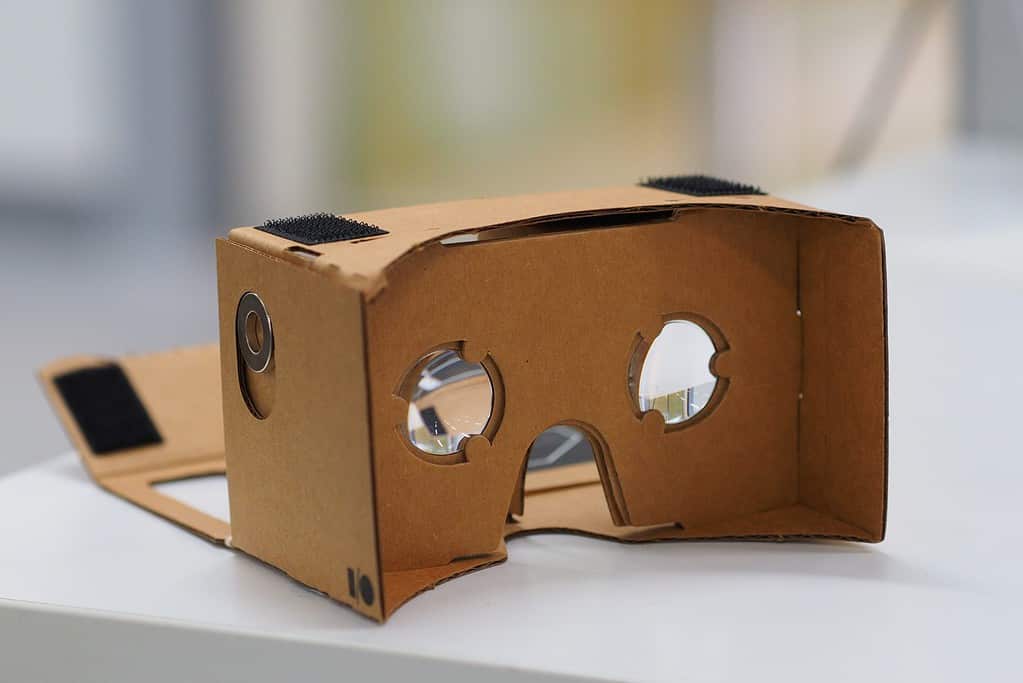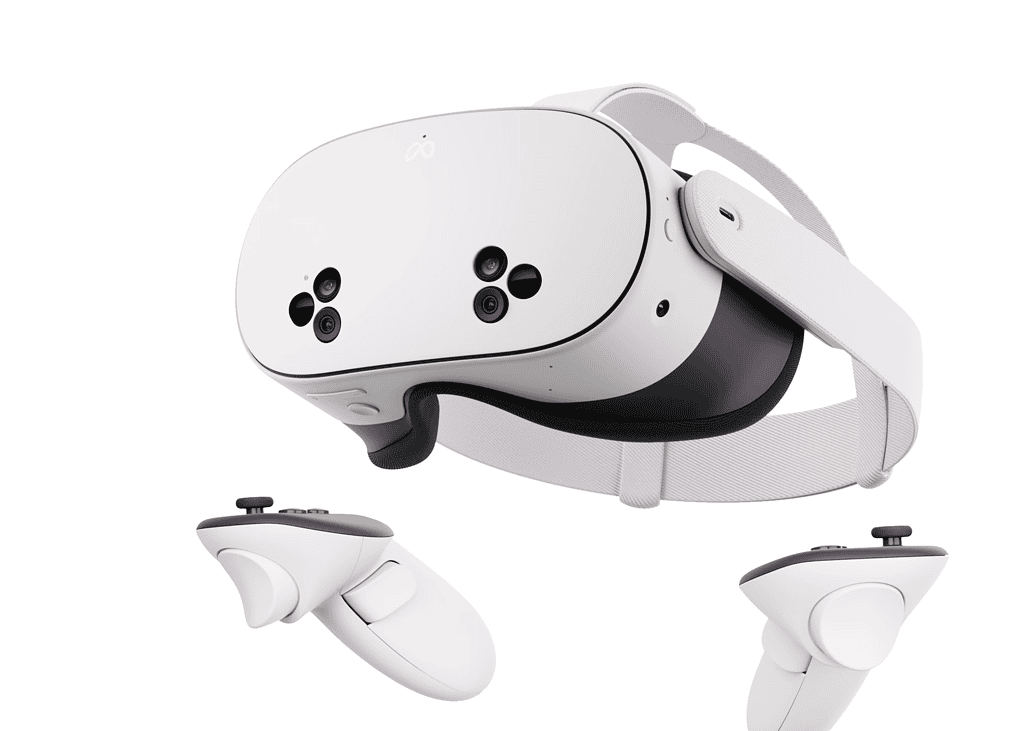

Virtual reality (VR) has evolved from a science fiction fantasy to an accessible technology that enhances gaming, work and social experiences. But with prices ranging from a few euros to several thousand, how do you decide how much to invest? And with options like the latest offerings from Meta and Apple's Vision Pro, it begs the question: is spending an extra €3,000 really justified? Let's dive in.
Before you whip out your credit card, it's important to understand what you want from a VR headset:
Your needs will significantly influence how much you should spend.

For those who simply want to give VR a try, there are ultra-affordable options such as Cardboard VR. Originally introduced by Google in 2014, Cardboard VR is a simple pair of cardboard VR glasses that are used with a smartphone. It is ideal for getting a first impression of virtual reality without spending a lot of money.
Cardboard VR consists of a foldable cardboard housing, two simple lenses and an optional magnetic switch or touchpad. You place your smartphone in the housing, launch a compatible app and you can immerse yourself in a rudimentary VR world. The design is so simple that you can even build it yourself; assembly instructions are available online.
Conclusion: If you are curious about VR and only have a few euros to spend, Cardboard VR is an interesting option. It offers an inexpensive introduction and can be particularly useful for short, simple applications or educational purposes. However, for a more immersive and high-quality VR experience, you should invest in a better headset.

If you're on a budget but looking for a better experience than Cardboard VR, there are headsets that offer a solid experience without breaking the bank.
Conclusion: For casual gamers and beginners, the Meta Quest 3S offers excellent value for money. It enables a full VR experience without the need for a PC or additional hardware.
Conclusion: The Pico 4 is a solid alternative for those who are looking for an all-in-one VR headset and are willing to forgo a larger software library.
If you're willing to invest a little more, mid-range headsets offer better performance and features for more serious users.
Conclusion: The Meta Quest 3 is ideal for users looking for a higher quality VR experience without having to invest in the most expensive models. It offers a good balance between price and performance.
At the top end, we find high-end headsets that offer the best available technologies - but at a high price.
Conclusion: For VR enthusiasts and hardcore gamers who want the best possible graphics and performance, the Valve Index is an excellent choice, provided they are willing to invest in the necessary hardware.
Conclusion: The Apple Vision Pro is aimed at professionals and early adopters who are prepared to pay a high price for cutting-edge technology. For the average user, however, it is difficult to justify.
An important aspect when choosing a VR headset is the decision between All-in-one and PC-bound Devices.
Conclusion: If you already own a powerful PC and want the best graphics quality, a PC-bound headset could be the right choice. However, for most users, all-in-one headsets offer better value for money and more comfort.
With the launch of the Quest 3S, Meta now offers a wide range of VR headsets for different budgets:
Meta focuses on affordable VR experiences suitable for everyday use and has built up a large user base and an extensive software library.
Apple's Vision Pro positions itself as a premium device with unique features, but at a price of from € 3,500. Apple aims to push the boundaries of VR and AR and offer a new level of quality and integration.
The crucial question: Is the Vision Pro worth the extra €3,000 compared to Meta's offerings?

Conclusion: The Apple Vision Pro is an impressive piece of technology, but for most users the price is difficult to justify. It remains to be seen how the device establishes itself on the market and whether it can fulfill its high expectations.
Choosing the right VR headset depends heavily on your individual needs and budget. For beginners and price-conscious users, devices such as the Meta Quest 3S offer an excellent introduction to the world of VR. Enthusiasts and professionals who are willing to spend more will find more powerful options in devices such as the Meta Quest 3 or the Valve Index.
While the Apple Vision Pro is technically impressive, it remains a niche product due to its high price and first generation. It is important to weigh up the additional costs and the actual benefits for your personal requirements.
Ultimately, the 'best' VR headset is the one that best suits your personal needs and budget. Whether you opt for an affordable all-in-one device like the Quest 3S, invest in a powerful PC-connected headset or go for cutting-edge technology with the Apple Vision Pro depends entirely on your priorities.

Are you interested in developing a virtual reality or 360° application? You may still have questions about budget and implementation. Feel free to contact me.
I am looking forward to you
Clarence Dadson CEO Design4real






